Christmas Cactus Buds Falling Off: 8 Reasons For Bud Drop And How To Fix It
Nothing frustrates growers more than bud drop. But a few simple changes will have you on your way to a fully blooming Christmas cactus in time for the holidays.
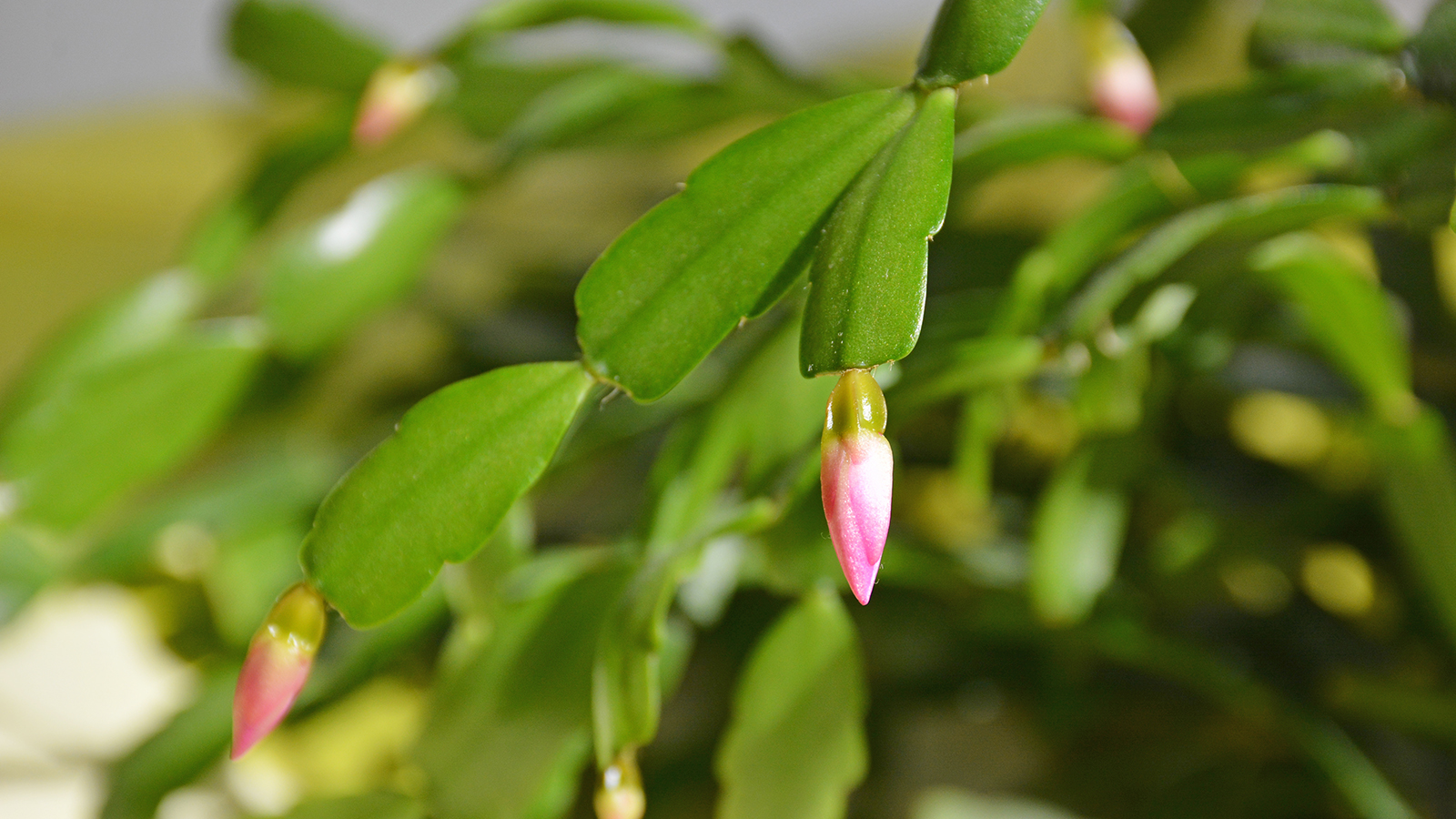

With proper care, a Christmas cactus can thrive for decades. As its name suggests, the plant produces an abundance of cascading blooms that imbue a joyous, festive feel throughout winter. So when growers experience Christmas cactus buds falling off, it is hugely frustrating.
Though healthy plants will bloom dependably at this time, some may struggle to flower properly. Bud drop is one of the most common Christmas cactus problems, and as is usually the case, prevention is better than cure.
Below, we’ll explore this issue in greater detail, emphasizing the potential Christmas cactus care lapses that can cause buds to fall off, and how to prevent it from occurring in the future.
Another problem growers might face is Christmas cactus flowers falling off. It's a separate issue, but may have the same cause.
The advice in this article is applicable not only to true Christmas cactus plants (Schlumbergera x buckleyi), but the other types of holiday cactus, as Thanksgiving cactus care and Easter cactus care are very similar, and the plants are often confused.
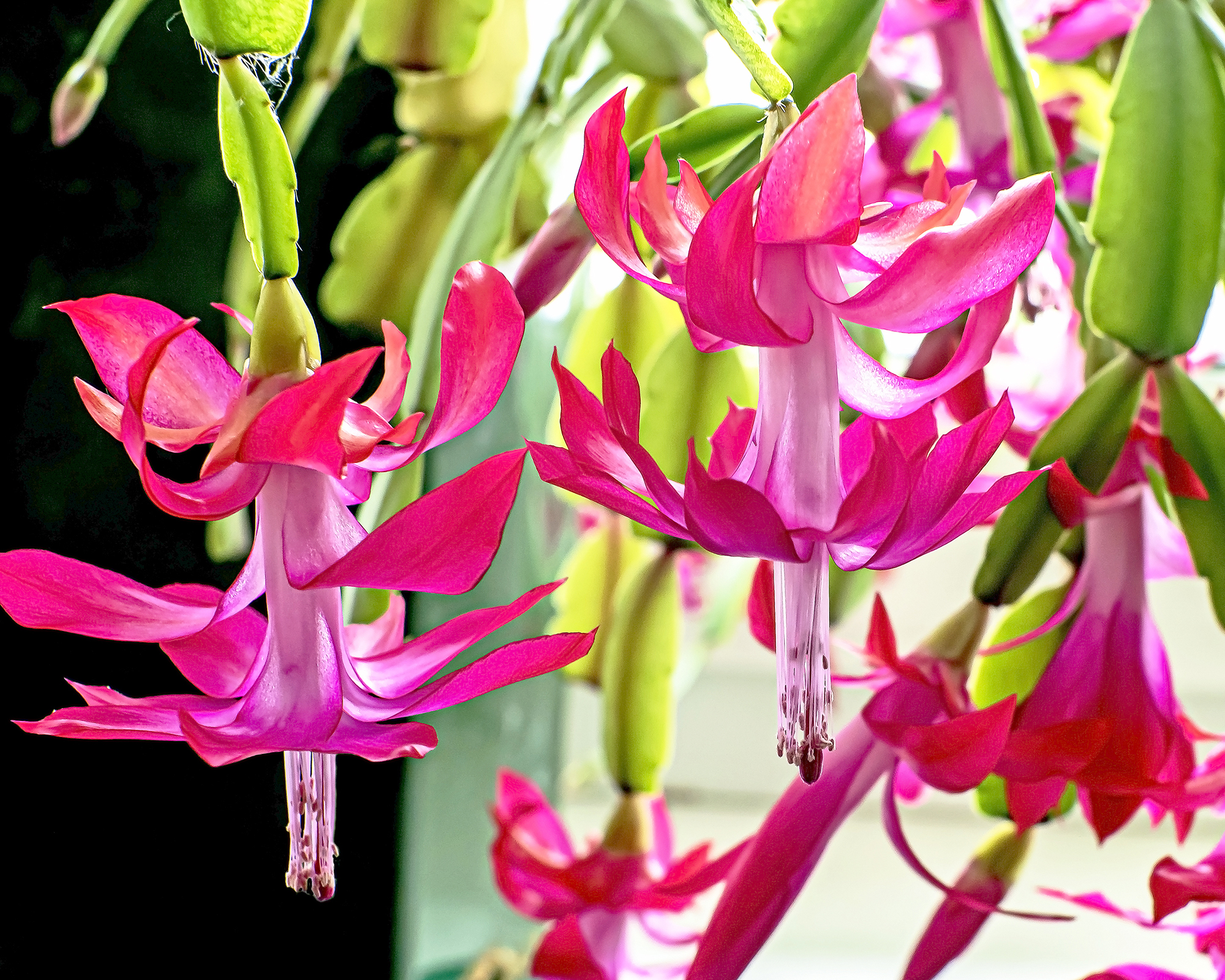
Understand Christmas Cactus Flowering Habits
When a Christmas cactus is losing buds, it's helpful to gain a better understanding of the needs of the plant and its unique flowering habit.
Christmas cacti are succulents that reside in the deeply vegetated tropical forests of Brazil. They are epiphyte plants that grow on trees and rocks beneath a dense tree canopy, taking moisture and nutrients from their surrounding environment using aerial roots.
Gardening tips, videos, info and more delivered right to your inbox!
Sign up for the Gardening Know How newsletter today and receive a free copy of our e-book "How to Grow Delicious Tomatoes".
Species sold throughout the holiday season are often considered “short-day” plants. Making a Christmas cactus bloom requires a long period of darkness before the plant sets buds – at least 13 hours each night for eight weeks. This occurs naturally throughout winter when the day length is much shorter.
Other factors, like temperature and moisture, will also play a role in the plant’s ability to flower.
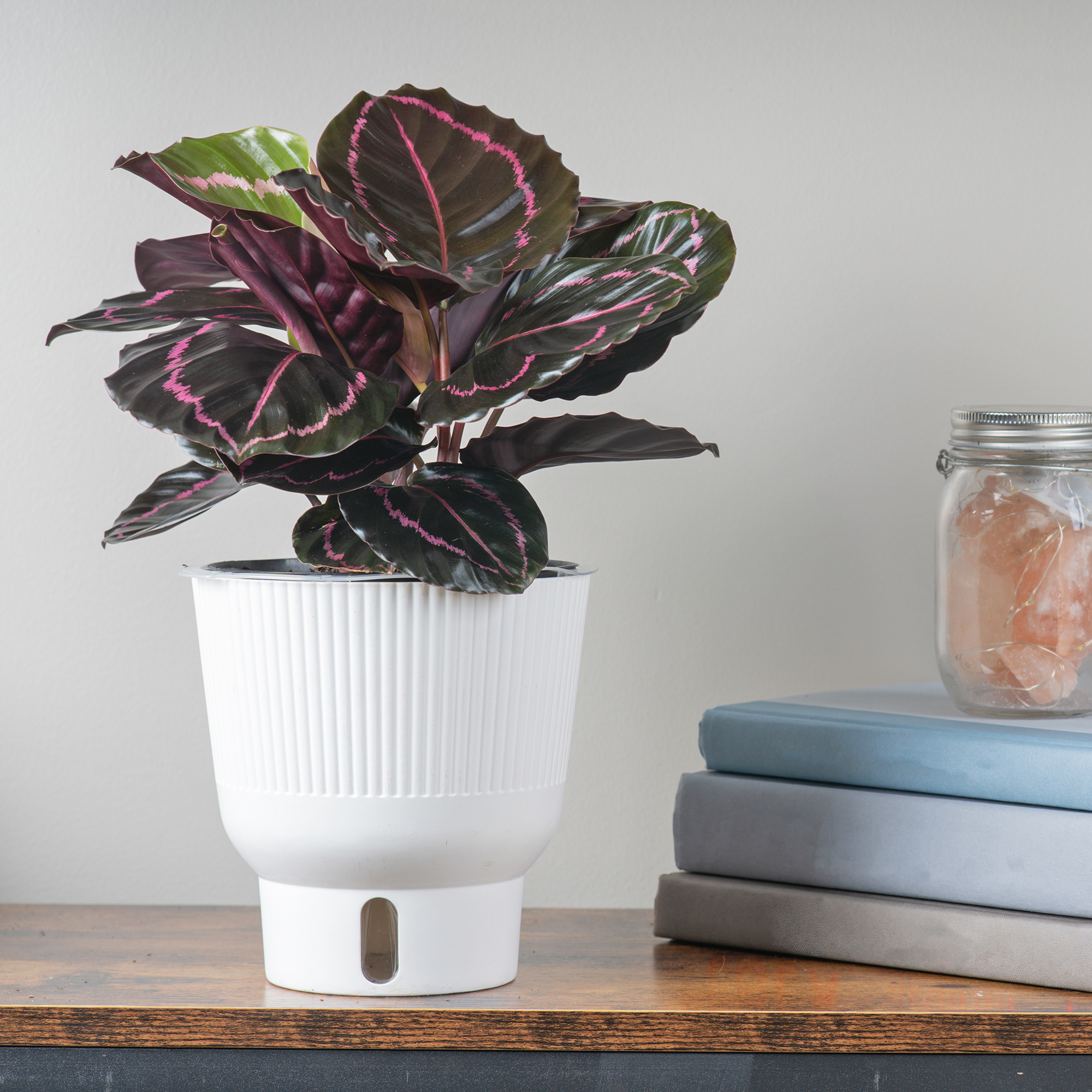
From rare plants – supplied in self-watering pots – to quality tools and accessories, the Gardening Know How Shop is your go-to houseplant destination.
Why are Buds Falling off My Christmas Cactus?
Most Christmas cactus plants are sold straight from greenhouses where they have experienced strictly controlled lighting, moisture, and temperature conditions. Just moving them into your home can cause bud drop, as it is often a response to changes in the environment, but there may be other issues at work as well.
Growers will need to observe affected plants carefully and diagnose bud drop by following a process of elimination. Common culprits of Christmas cactus buds falling off include:
1. Watering Issues
Consistency with Christmas cactus watering is essential to the production of flowers. Growers will need to water potted specimens on a regular basis, making certain that the soil is allowed to dry fully between waterings.
Rapid or inconsistent fluctuations in moisture levels may lead plants to become stressed, resulting in poor or delayed bud set. Irrigation will be of special importance during periods of active growth and the time leading up to bloom in winter.
If you have neglected the plant and suspect underwatering is the issue, give the soil a thorough drench, then leave it to dry out before beginning a new watering regimen.
However, don't overcompensate by overwatering. Too much moisture can lead to root rot, which is one of the leading causes of houseplant death. Overwatered Christmas cactus care involves removing the plant from its pot, allowing it to dry out for a day or two, and then repotting.
In the future, check the soil for moisture every few days, pushing your finger down into the first inch or two. If it feels moist, leave it be; if it feels dry, then water. Always allow the water to drain through fully before returning the pot to its tray or outer container.
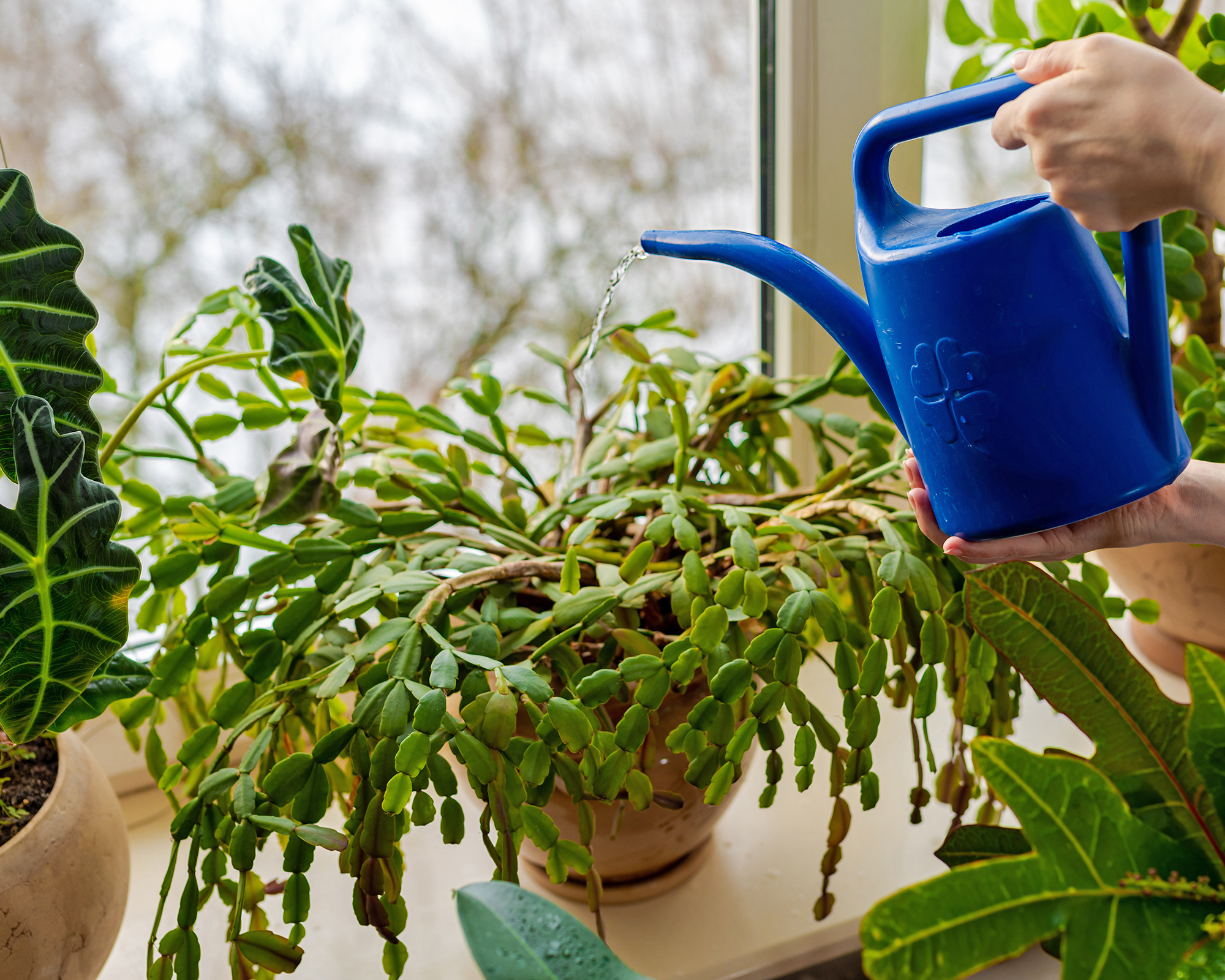
2. Lack of Humidity
As well as watering, check humidity levels. As tropical plants, Christmas cacti thrive in around 50-60% humidity, which is higher than the average home interior. They will tolerate slightly lower levels than this, but where the air is very dry, this can cause bud drop.
You can raise humidity for houseplants by using a small houseplant humidifier, mister, or by placing the pot on top of a tray of pebbles filled with water. Never let the soil or roots sit in the water.
3. Incorrect Temperature
Incompatible Christmas cactus temperatures – or sudden changes in temperature – are likely to affect plants' production of flowers.
While in the summer months, the cacti can thrive in slightly warmer temperatures in the 80s, they need cooler conditions of between 60-65°F (15-18°C) in the fall and winter. Temperatures within this range allow for optimal production of buds.
Unseasonally warm conditions, or sudden changes in the environment, can negatively impact growth, or send the plant into shock, causing sudden bud drop. The same can also be said of indoor plants positioned near ventilation or heating outlets, or situated in especially drafty spaces.
4. Light Imbalance
Christmas cactus light requirements remain among the most important factors influencing growth. Plants will thrive where they are able to receive bright, indirect light throughout the day.
Experienced growers often suggest positioning containers near an east or west-facing window to fulfill the plant’s needs best.
In the weeks leading up to flowering, Christmas cacti require long periods of darkness to initiate bloom. Starting in September or early October, ensure the plant is positioned in a room where it receives at least 13-14 hours of darkness each night.
This should occur naturally, as the day length continues to shorten through winter. Interruptions during this time can cause the plant’s failure to set buds. If necessary, put the cactus in a closet overnight, or cover it with a box.
During the day, the plant should be placed in bright light for the remaining 10 hours but avoid scorching sun from southern windows. Once buds have set and begun to open, the false lighting regimen can end.
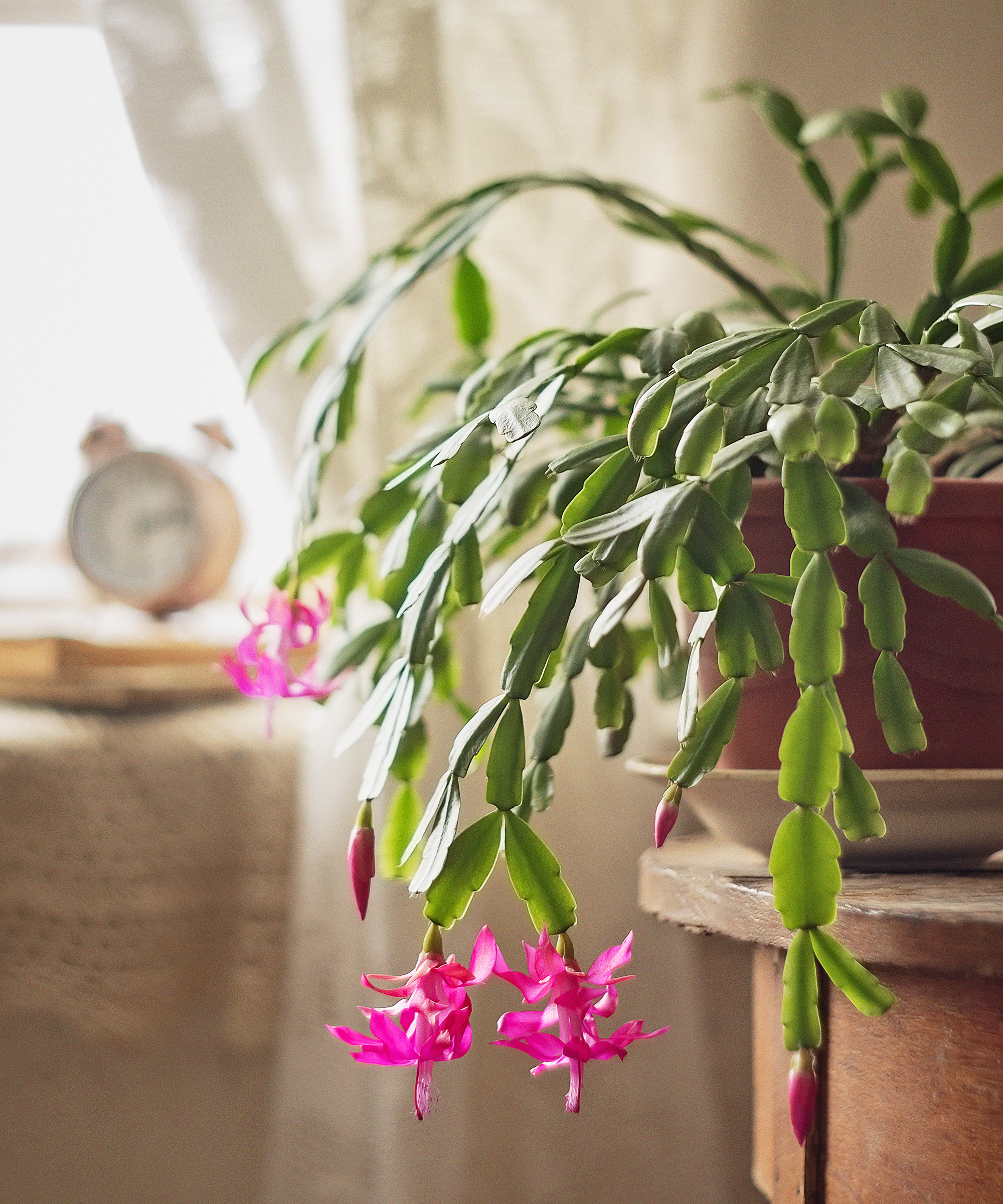
5. Poor Soil Fertility
Depleted potting soils can lead to notable deficiencies in nitrogen, magnesium, and other elements essential to plant growth. Problems related to soil nutrient levels will generally manifest in the yellowing of foliage or the Christmas cactus wilting.
Especially stressed plants will continue to lose vigor over time, progressing to the loss of buds or complete failure to flower.
Repotting a Christmas cactus should provide the fresh injection of nutrients the plant needs. The ideal Christmas cactus soil is a mix of around two-thirds houseplant soil and one-third sand, perlite, or vermiculite to aid drainage.
6. Over Fertilizing
Going overboard with fertilizer can cause the plant to push out so many blooms that it drops some off to make room for the full development of the others. This abortive behavior is common in fruit plants, as well.
The ideal Christmas cactus fertilizer is a balanced houseplant feed – such as 20-20-20 – diluted to half-strength. This should be applied once a month between spring and the end of summer.
You also might want to occasionally apply Epsom salts, diluted in water, to meet the plant's high magnesium needs. This should be done no more than once a month in spring and summer, in a different week to fertilizing.
Once September arrives, either cease fertilizing or switch to a low-nitrogen formula, or you'll get lots of green growth but few flowers.
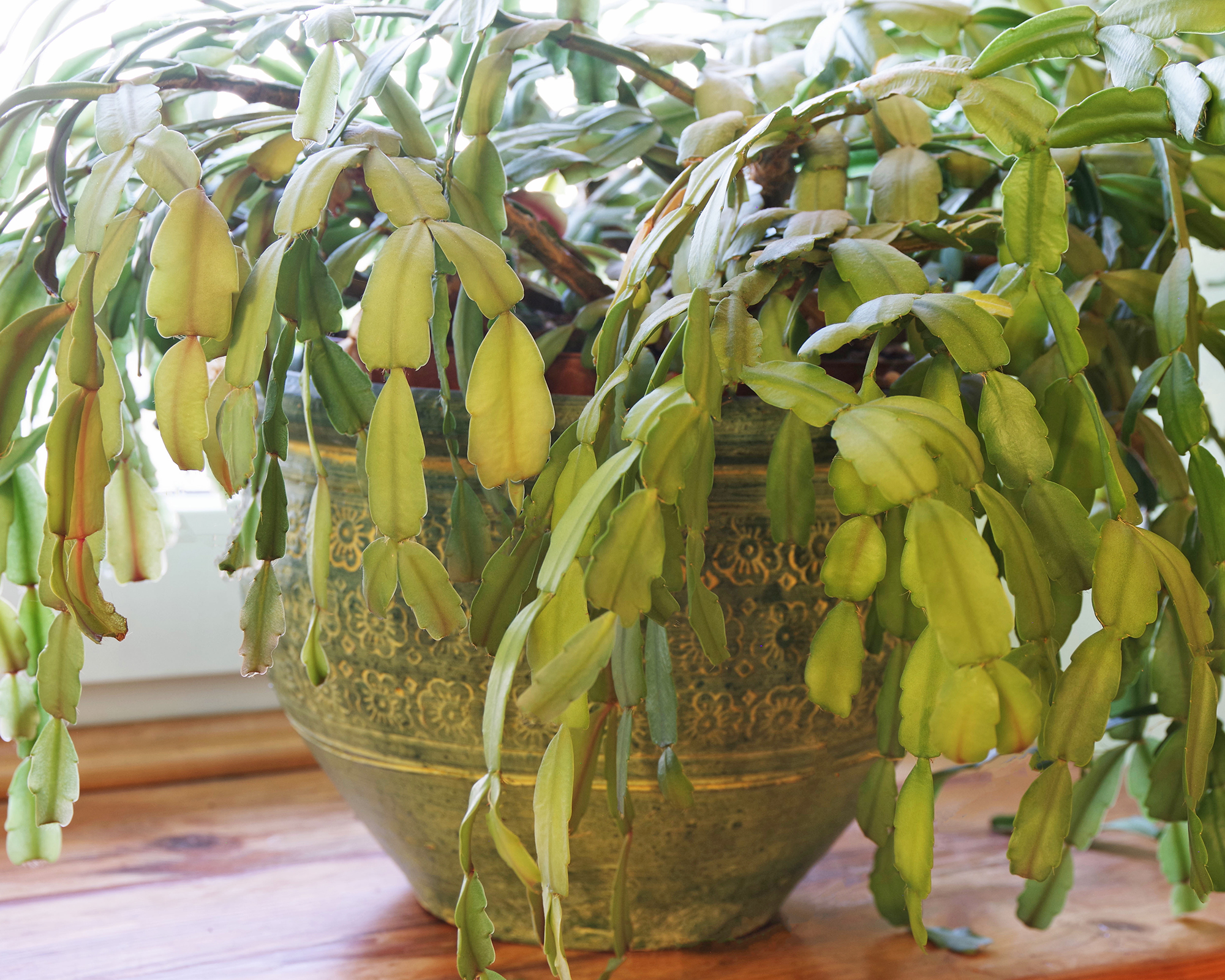
7. Disease
The worst-case scenario of bud drop is that it is a symptom of one of several possible Christmas cactus diseases. These issues are best diagnosed through careful observation, and by taking note of any change in the plant’s appearance. However, you need to act fast.
Fungal infections, which are often the result of improper watering, are most likely to impact flowering and the overall health of plants. But bud drop is usually accompanied by other symptoms such as rot, lesions, yellowing, browning, or mold.
Where disease is the likely culprit, apply a fungicide as a soil drench, then repot the plant, using fresh, sterile soil. Use the opportunity to prune your Christmas cactus of any diseased roots and plant sections.
If you catch the disease early, the plant may survive. However, if your Christmas cactus continues to decline, you may have to discard the plant. Learn how to propagate a Christmas cactus so you can try to regrow it from root cuttings.
8. Pests
If your plant spent the summer outdoors, then Christmas cactus pests may have hitched a ride when it moved back indoors.
There are different types of sucking insects that will feed on the plant’s sap, causing weakness, stunted growth, and bud drop. Common visitors to Christmas cactus plants include aphids, mealybugs, mites, scale, and whiteflies.
To rid your plant of pests, clean the leaves with a cotton ball dipped in alcohol, or apply a homemade insecticidal soap spray every week. Neem oil is very effective against most sap-sucking pests.

Tonya Barnett has been gardening for 13 years. Flowers are her passion. She has transformed her backyard into a cut flower garden, which she regularly chronicles on her YouTube channel http://www.youtube.com/@tonyawiththeflowers.
- Bonnie L. GrantWriter
- Amy DraissDigital Community Manager
- Melanie GriffithsSenior Editor
-
 Try The Trend – Turn Any Bed Into A Keyhole Garden With This Clever In-Ground Composter
Try The Trend – Turn Any Bed Into A Keyhole Garden With This Clever In-Ground ComposterKeyhole gardening is an efficient and sustainable practice that saves space. Get started on this DIY project quickly and easily with an in-ground composter.
By Bonnie L. Grant
-
 4 Superfast Composting Methods: Turn Waste Into Garden Gold In 30 Days Or Less
4 Superfast Composting Methods: Turn Waste Into Garden Gold In 30 Days Or LessTry the fastest composting methods to turbocharge your pile and transform kitchen scraps and garden waste into finished compost in just a few weeks.
By Mary Ellen Ellis
-
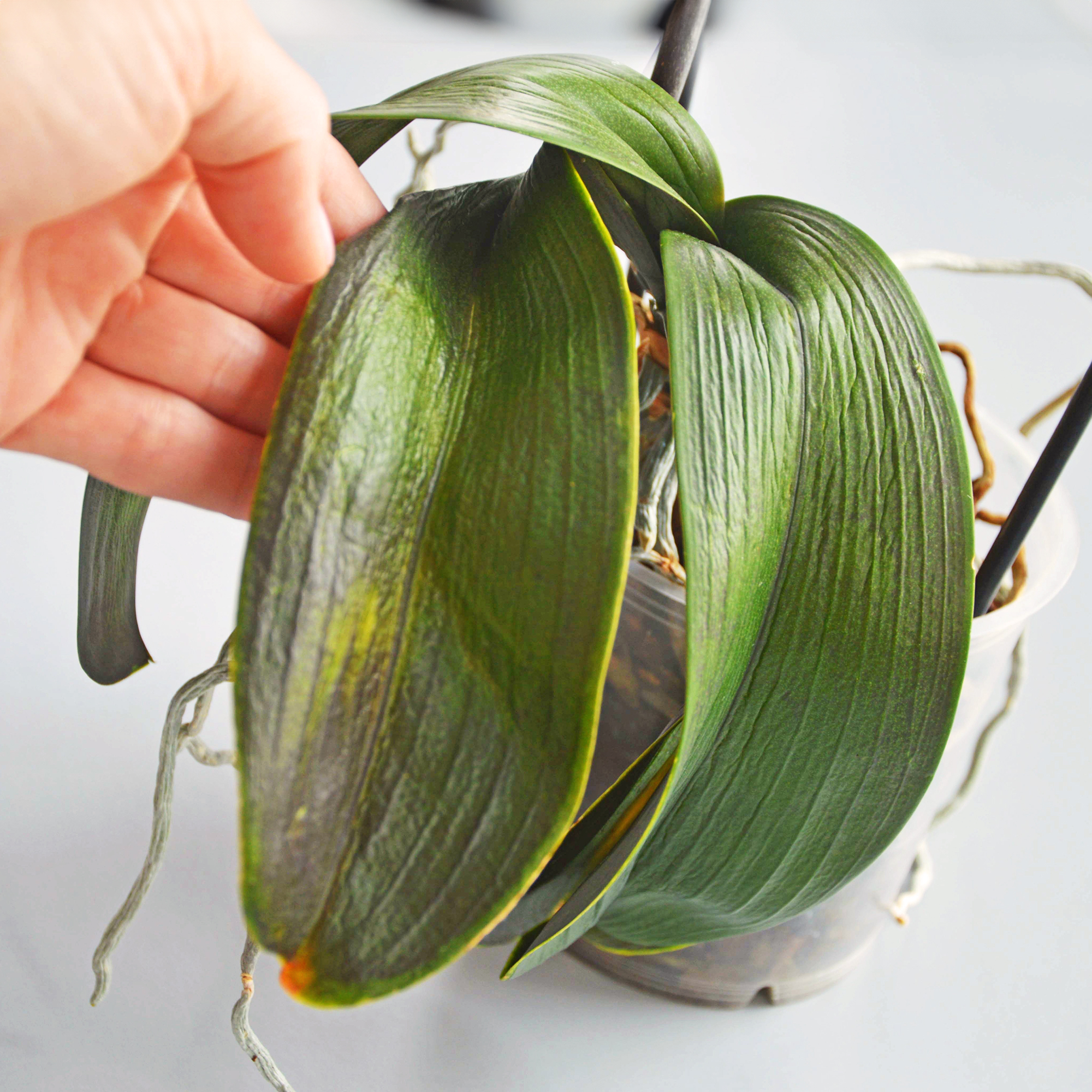 Orchid Leaves Wrinkled? 5 Common Causes & How To Restore Their Vitality
Orchid Leaves Wrinkled? 5 Common Causes & How To Restore Their VitalityBy Tonya Barnett
-
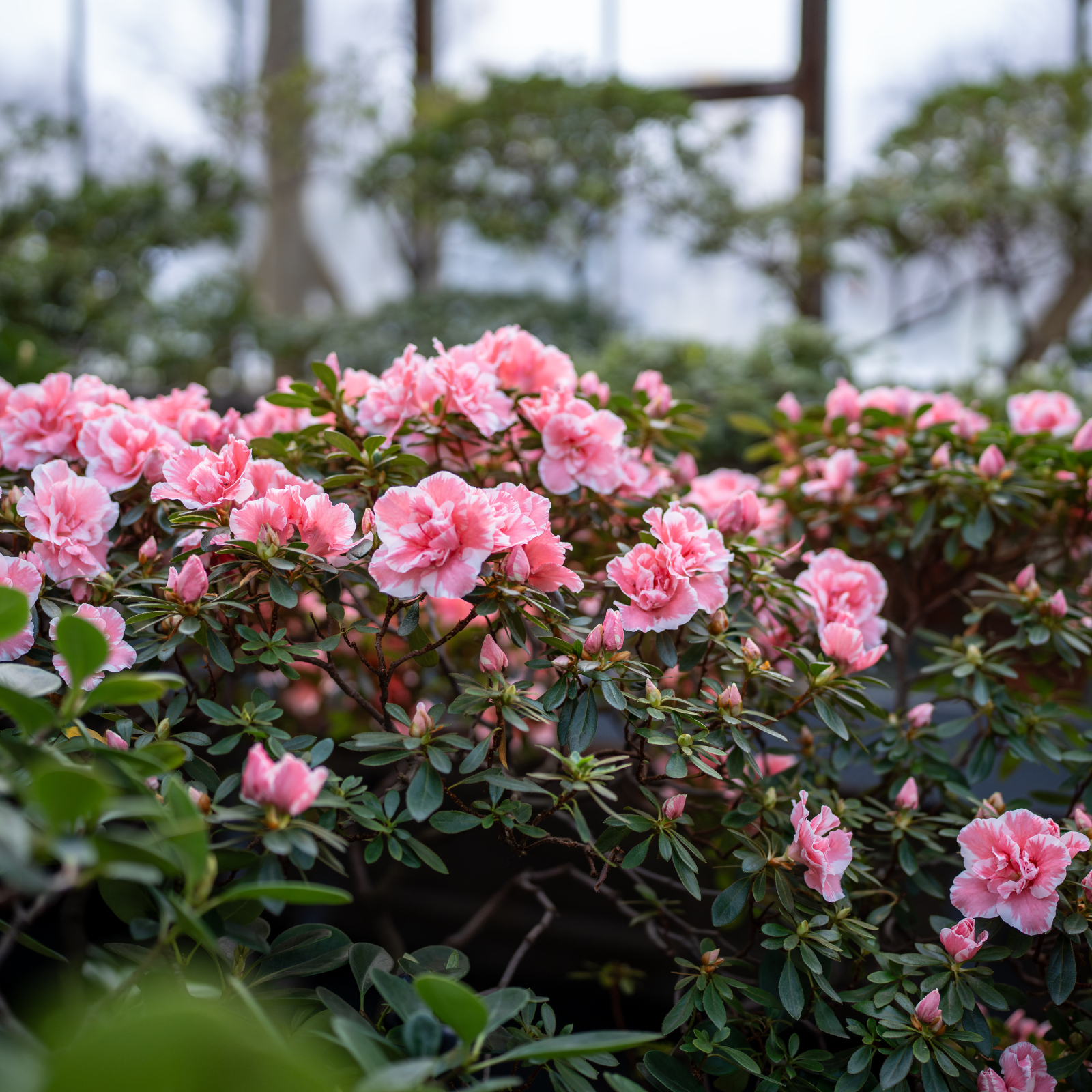 What Is The Size Of An Azalea? Explore Different Varieties That Will Suit Every Garden
What Is The Size Of An Azalea? Explore Different Varieties That Will Suit Every GardenThe size of azaleas can vary widely because they have been selectively bred for different landscape needs. Check out our picks for each size category.
By Mary Ellen Ellis
-
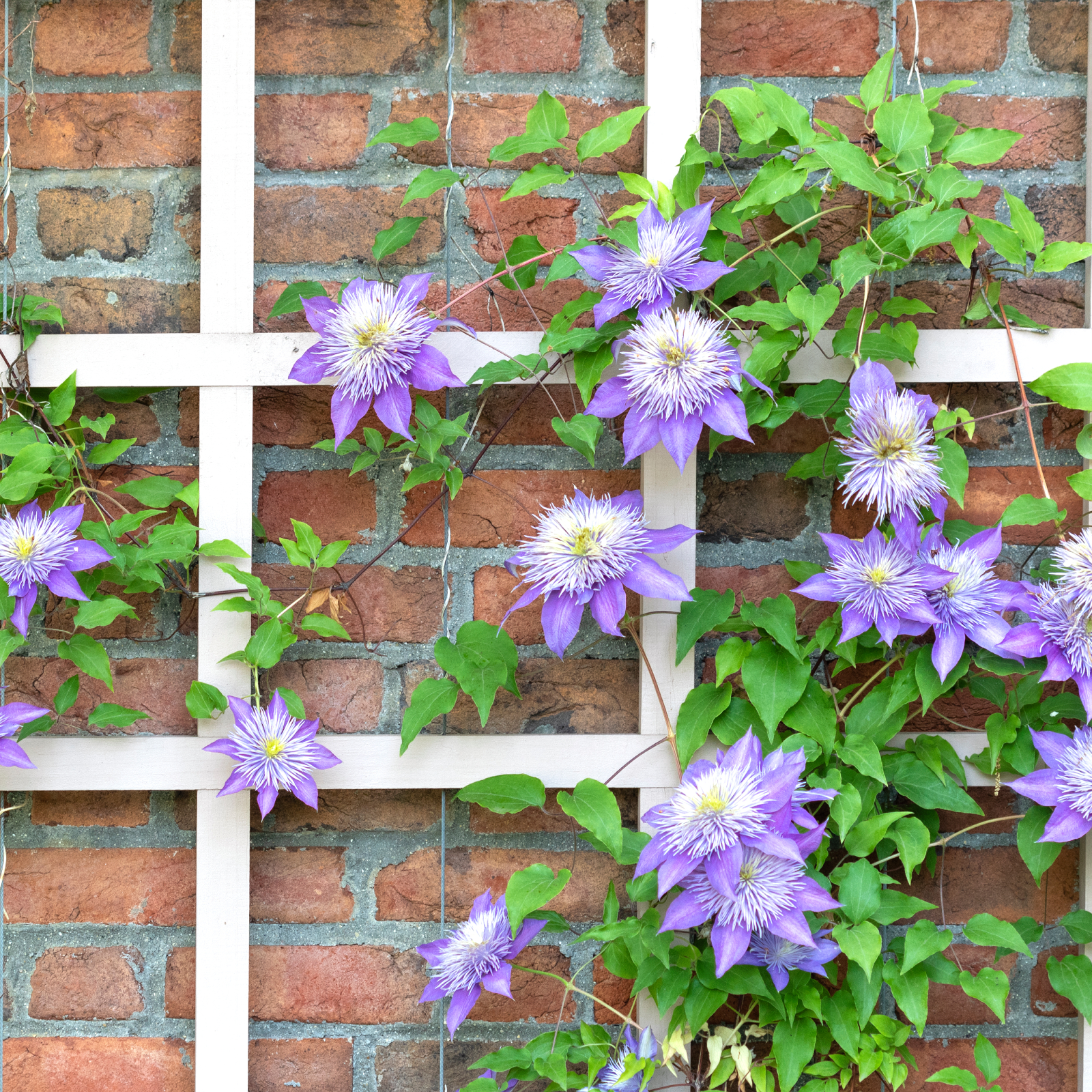 5 Fabulous Fast-Growing Vines – That Will Quickly Climb Any Arbor, Trellis, Or Fence
5 Fabulous Fast-Growing Vines – That Will Quickly Climb Any Arbor, Trellis, Or FenceThese fast growing vines are perfect for covering any eyesores in your yard or creating a living fence. They will provide great visual interest, as well.
By Amy Grant
-
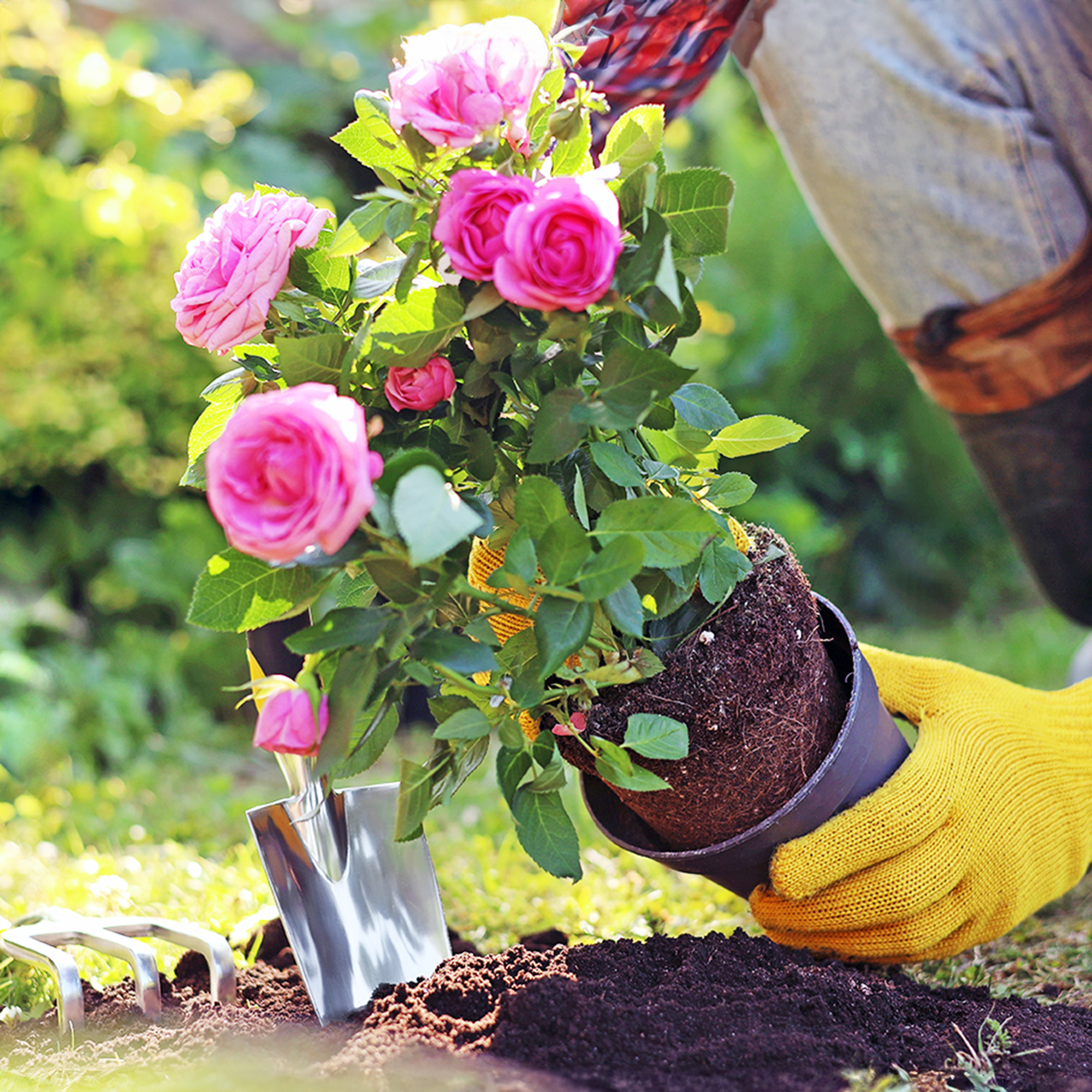 When To Plant Roses: The Best Time For Your Climate And Rose Type
When To Plant Roses: The Best Time For Your Climate And Rose TypePlant your roses at the right time and you will be rewarded with decades of glorious summer flowers – but get it wrong and you'll be crying over dead shrubs.
By Teo Spengler
-
 Spectacular Early Blooming Shrubs: 6 Sparkling Spring Flowering Bushes
Spectacular Early Blooming Shrubs: 6 Sparkling Spring Flowering BushesWant to kickstart your gardening year with dazzling spring flowering bushes for beds and borders? These unique early bloomers are sure to help you rise and shine!
By Teo Spengler
-
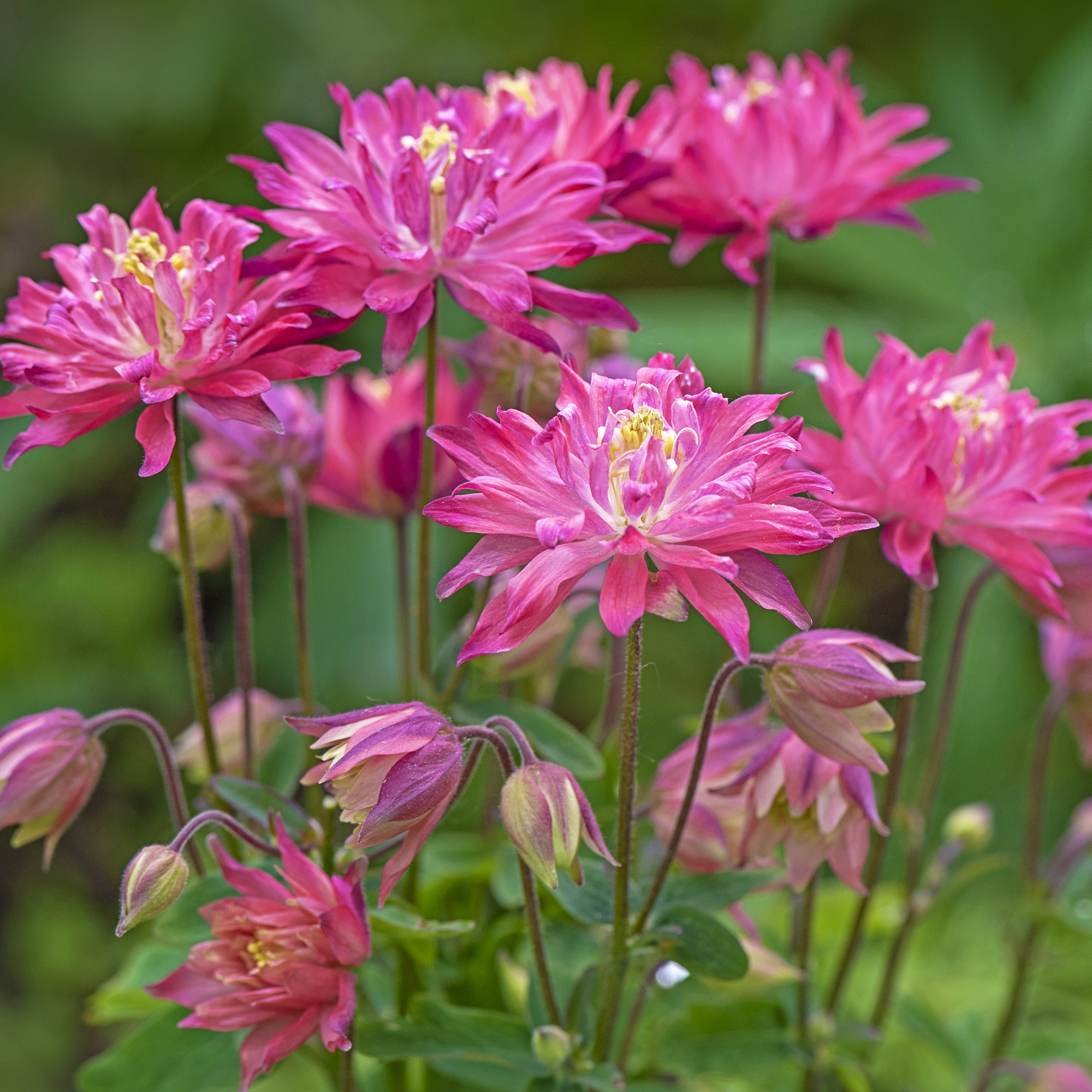 7 Shade-Loving Flowers To Start From Seed Now For A Stunning Summer Garden
7 Shade-Loving Flowers To Start From Seed Now For A Stunning Summer GardenTurn shady spots into vibrant new garden spaces with lovely and illuminating shade-loving flowers.
By Ellen Wells
-
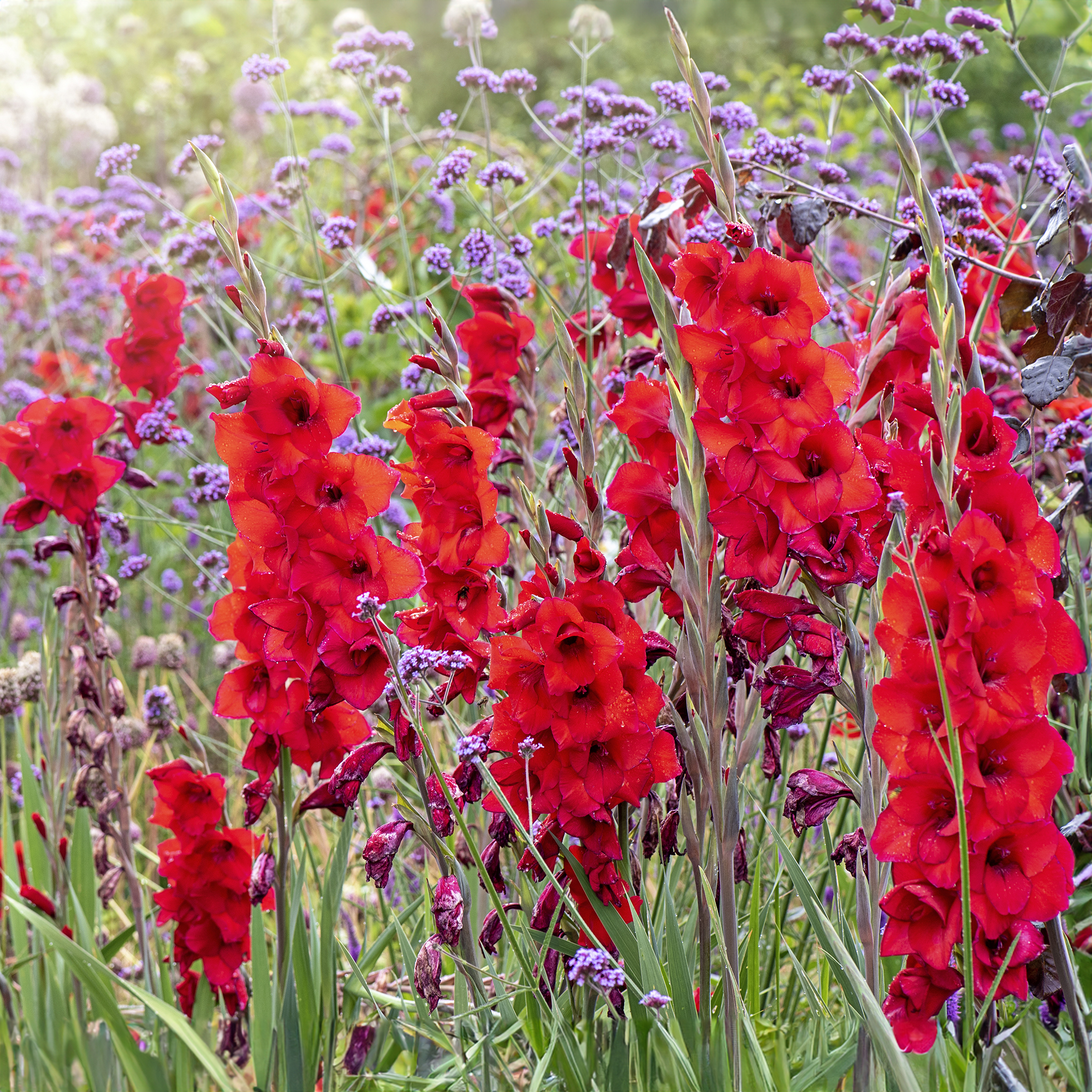 7 Summer-Blooming Bulbs To Plant In Early Spring: Don't Miss Months Of Glorious Flowers!
7 Summer-Blooming Bulbs To Plant In Early Spring: Don't Miss Months Of Glorious Flowers!Get a head start on stunning summer blooms with these easy-to-plant bulbs – act early and you will enjoy vibrant flowers that last for months on end.
By Mary Ellen Ellis
-
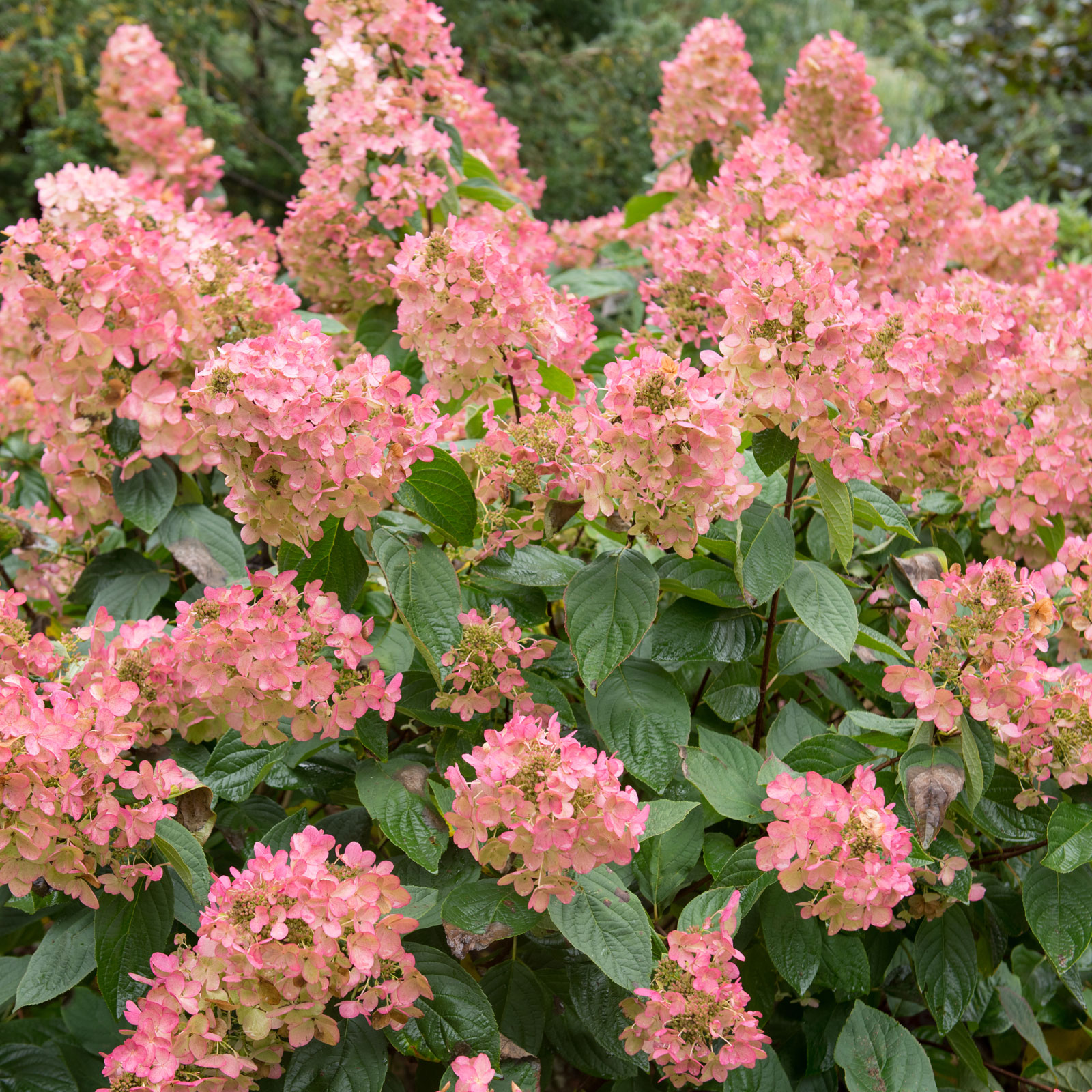 Quick Fire Hydrangea – The Elegant, Easy-Care Shrub Every Gardener Needs In Their Landscape
Quick Fire Hydrangea – The Elegant, Easy-Care Shrub Every Gardener Needs In Their LandscapeIf you’re after an early flowering panicle hydrangea that offers plenty of floral variety, the Quick Fire hydrangea goes big on visual dynamics from early summer to fall
By Tonya Barnett